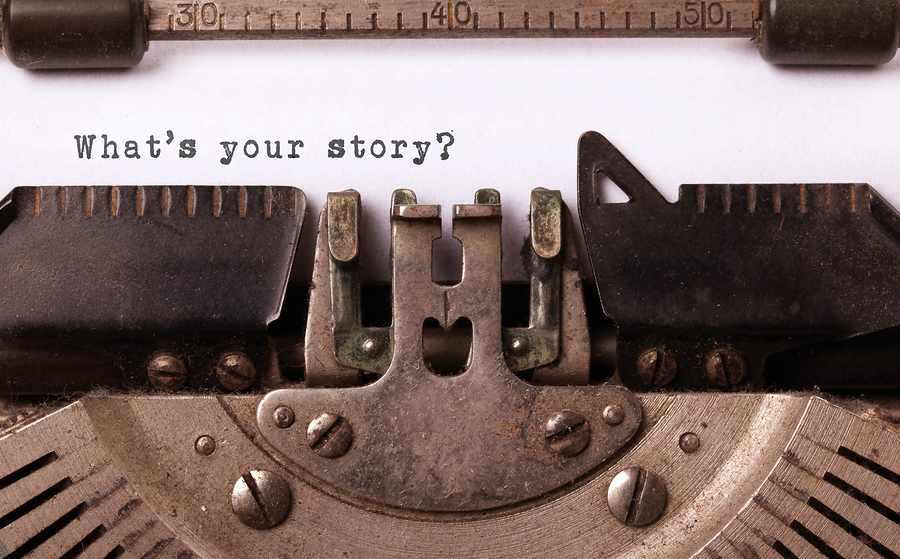
Strong beginnings pique interest
Strong beginnings for stories, articles and books come from common practices that transcend between genres and types of writing. Without strong beginnings, we may lose a reader before they start. Haven’t you picked up a book or an article to read and lost interest before finishing the first paragraph? Want to know how to avoid being that writer? Keep reading for seven components to strong beginnings.**
1. Strong Beginnings Grab Attention
Does your first line grab and hold a reader’s attention? “It was…” or “Once upon a time…” worked long ago. Today? Not so much. Try reading your first line out loud. Does it quicken your pulse, raise a question in your mind, or present a problem and hint of a solution? If not, consider reworking that first line and apply some of these additional thoughts to improve your opening. Hook your reader with a strong beginning and fulfill the promises you make there.
2. Show Don’t Tell
We hear this advice for all writing, but if you tell the beginning of a story, you probably tell much of the rest. Be sure to apply this skill from the first word. Showing an opening line involves the reader from the first word. Use your imagination to capture attention in a unique way.
3. Thrust the Reader into a Problem
From the beginning, at the very least hint at the problem you plan on presenting in the book. Don’t give away everything but share the problem at hand, and hint at a solution. Caution: don’t give away too much. You want them to wonder. For example: glaring at a shed with a mention of memories invokes an idea that something happened in the shed, but the character doesn’t remember the event with fondness. Someday, she plans to bulldoze the building, indicating that before the story ends, she makes peace with the memory.
4. Strong Beginnings Set the Book’s Tone
If you write with humor, the first line should make the reader laugh or at least chuckle, or grin, or even snort. A strong beginning matches the rest of the book. A first line full of romantic overtones for a harsh murder mystery? Don’t go there. A serious non-fiction work should not make the reader laugh. Instead, you might want to tug at heartstrings. Make sure the opening matches the remainder of a book, story or article.
Sidenote: When writing a serious or dark work, consider moments of humor to offset and let the reader breathe. In comedic writing, take a break to look at reality and its harshness. Not in the opening line, though. The beginning should reflect the majority of the book’s tone.
5. Establish Time
Writing defaults to present time. If your setting occurs in the past or future, be sure to establish that early. Even indicating time of day makes a difference to readers. Consider using time to show something about a character. Noon, in pajamas, means something different from dawn in silk pjs. Some writers utilize place, date, and time of day as a subheading at the beginning of chapters. While that can work, practice weaving these details into your story instead.
6. Create a Sense of Place
Where are we? From the beginning, a hint of location sets the stage for the entire book. If my character lounges in a backyard, she probably doesn’t live off a major highway. If she does, let the drone of traffic interrupt her thoughts. Use senses to show where the story takes place before you get too far into the piece.
7. Length of Strong Beginnings
While the number of words required for your strong beginning varies, try to keep it as short and easy to read as possible. While considering the length, keep your reader in mind. How long will he or she stay with you before getting to the action? Most don’t last too long, so while setting up the beginning paragraphs, throw in hints of things to come. Again, hold back details. If you give away too much, why do they need to keep reading?
As with all good writing, strong beginnings take a great deal of work, and much of it comes after the initial draft. Give yourself permission to write the story, article or book, then go back and rework your opening sentence, paragraph and chapter (when applicable). For a good exercise on setting, consider this writing prompt.
While I don’t necessarily agree with online lists as the “best” openings, take a look at a few to compare and get your brain working. How do you determine your openings? Share your thoughts.
** These seven components originated in Writer to Writer by Cecil Murphy. The comments beneath the headings came from Lisa Bell.
